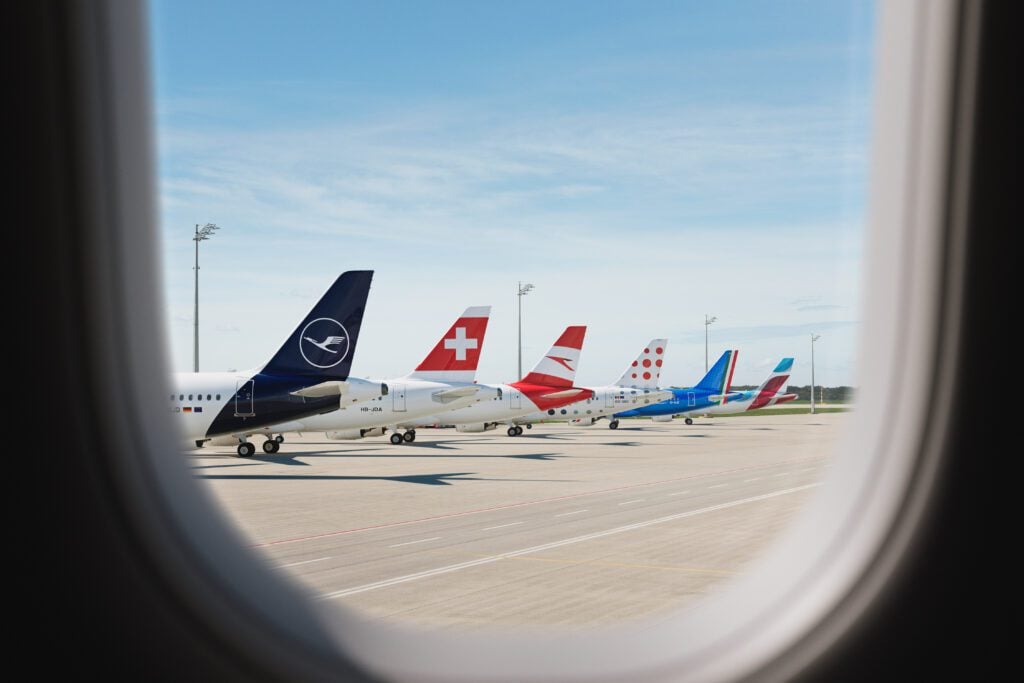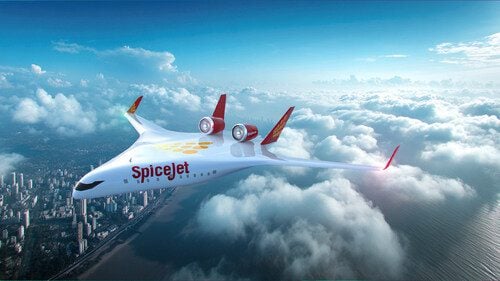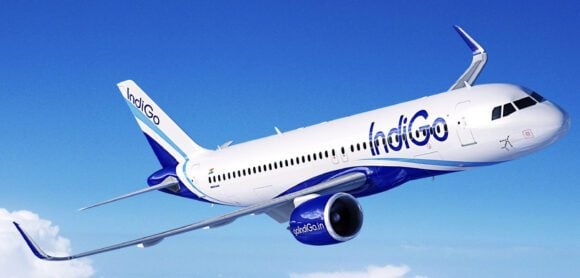
Photo: Lufthansa Group
Lufthansa Group has warned that its three short-term headwinds include questionable demand on flights to North America, geopolitical tensions, and tariff escalations as the group ended H1 2025 with a net profit, a contrast to last year.
In H1 2025, the group’s net profit was €127 million ($145.3 million), compared to the €265 million ($303.2 million) net loss in H1 2024. The group’s revenues improved by 6% year-on-year (YoY), with its airlines operating 3% more flights and carrying 2% more passengers during the period. Capacity, measured in available seat kilometers (ASK), grew 4% YoY.
According to Carsten Spohr, the Chairman of Lufthansa Group, the company’s development was positive during the six months despite “a challenging market environment.” The executive praised the group’s operational stability, with its passenger airlines’ earnings before income and taxes (EBIT) being -€256 million ($292.7 million) in H1 2025, while in comparison, the group’s carriers’ EBIT was -€357 million ($408.4 million) in H1 2024. This year, the results were weighed down by the airlines’ Q1 results since their EBIT in Q2 was €685 million ($783.7 million), compared to the €941 million ($1 billion) of an operating loss in Q1 2025.
“We achieved this positive development despite continuing delays in the delivery of new aircraft as well as challenging geopolitical conditions,” Spohr added, noting that the airlines’ performance improved despite higher operating expenses, including the local aviation taxes in Germany.
At the same time, Lufthansa Group airlines’ Q2 2025 yields were slightly lower than in Q2 2024, going down 1.5%, driven by 3.6% lower yields on short-haul flights, while long-haul yields were flat YoY. Quarterly Revenue per ASK (RASK) also declined by 1.3% YoY, with H1 2025 RASKs being flat, adjusted for exchange rate fluctuations. According to the company, this was due to “reduced compensation payments to passengers and higher additional income,” with the former decreasing by 43% YoY.
Lufthansa Group detailed that North American RASK in Q2 2025 was down 3.8% YoY. The other region with lower RASK during the quarter was Europe, where the group’s RASK shrank by 4.2% YoY. Asia Pacific, Africa, the Middle East, and South America RASK improved by 2.2%, 3.4%, and 7.9% in Q2 2025.
Compared to the beginning of the year, Lufthansa Group’s fleet growth was flat. While it took delivery of eight aircraft, including five Airbus A320neo, two A321neo, and one A350-900 aircraft, the group’s carriers retired one A319ceo, three A340, and four Mitsubishi (née Bombardier) CRJs.
However, Airbus and Boeing should deliver the delayed aircraft with new interiors by the end of the summer. Lufthansa is set to receive its first Allegris-equipped Boeing 787-9, while Swiss International Air Lines (SWISS) should welcome its first Airbus A350-900 with the ‘SWISS Senses’ cabin in a few weeks’ time, “thus improving the first-class premium experience for our passengers and setting new standards in the area of customer satisfaction.”
Looking forward, Lufthansa Group said that in light of “short booking cycles in the passenger business, the fact that freight business is mainly driven by the spot market, doubts about the exact delivery dates for new aircraft, and uncertainties relating to the macroeconomic and geopolitical environment,” its short-term outlook is subject to a certain degree of uncertainty.
The ever-changing tariff environment could affect aircraft deliveries or aggravate tensions between the United States and its key trade partners, and result in a potential economic slowdown, subsequently impacting customer demand, “on connections to North America, the Lufthansa Group’s second most important traffic region.”
On July 27, the US and the European Union (EU) agreed on a trade deal. While the baseline tariff rate on EU-made goods imported to the US will be 15% as of August 1, 2025, representatives of both agreed to exclude aircraft and aircraft parts from the tariff hike.
Views: 260



